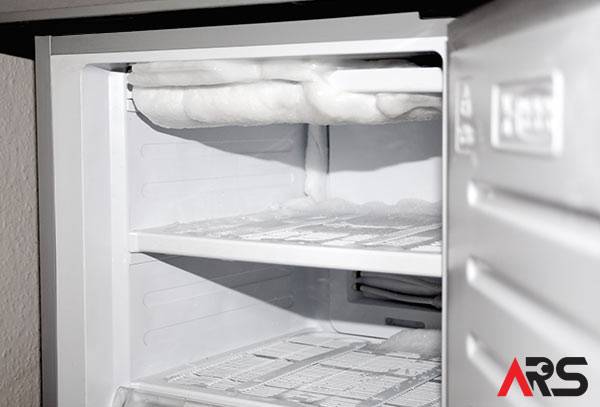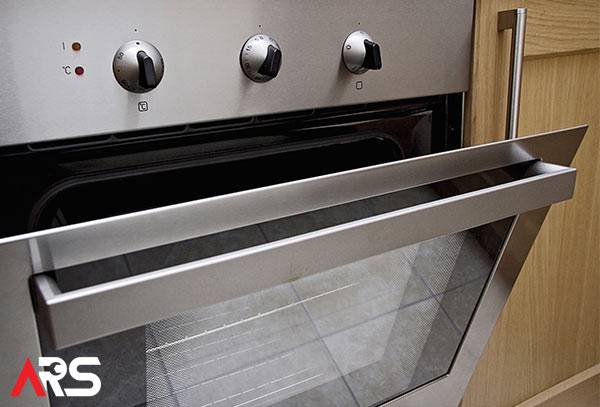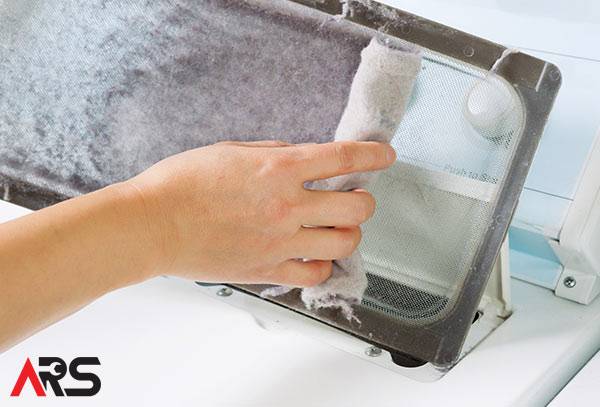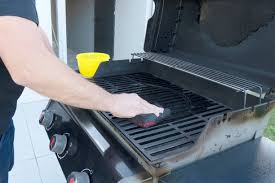It’s the feature you were excited about when you bought your oven… and haven’t touched since. Or maybe you used it once, got smoked out of your kitchen, and swore never again. The self-cleaning oven, billed as a modern marvel, is still something of a mystery in many households.
The name makes a bold promise: “self-cleaning.” But anyone who’s ever cracked a window mid-cycle knows that, like most things in life, it’s not quite that simple. So let’s talk about what a self-cleaning oven actually does, what it doesn’t, and how to use it without turning your home into a smokehouse.
What Is a Self-Cleaning Oven, Really?
Let’s get this out of the way: your oven doesn’t magically scrub itself while you watch Netflix. There are typically two types of self-cleaning ovens:
- Pyrolytic self-cleaning ovens heat up to around 900°F (480°C), incinerating food residue into ash.
- Steam-cleaning ovens use lower heat and water to soften grime, which you then wipe away.
Both have pros and cons, but neither means zero effort. They’re more like a power assist than a full automation.
Why Everyone’s Afraid to Use It
The biggest issue? The smell. During a pyrolytic cycle, the oven locks itself and ramps up to furnace-level heat. Any grease or food remnants inside get torched, releasing smoke and a distinctly horrifying scent.
It’s not dangerous if your oven’s working properly and your kitchen is ventilated. But it can be intense. Think: “burnt lasagna meets electrical fire.” Add in kids, pets, or asthma, and suddenly “self-cleaning” feels like a health hazard.
This isn’t just paranoia. Consumer Reports and appliance techs alike warn that misusing self-cleaning modes, especially without pre-cleaning or regular maintenance, can strain the oven’s components, damage door seals, or even trip the thermostat.
How to Use the Self-Cleaning Feature Safely
Here’s the thing: used correctly, self-cleaning ovens are actually useful. It just takes a little prep and timing.
1. Remove everything. Racks, thermometers, rogue pizza stones, all of it. High heat can warp or discolor them.
2. Wipe first. This sounds counterintuitive, but trust me, get rid of any large spills or greasy pools. The less gunk, the less smoke.
3. Vent your kitchen. Crack a window, turn on fans, maybe go for a walk. You don’t want to hang out while it’s running.
4. Let it cool completely. The door will stay locked until it’s safe. When it unlocks, you can wipe out the leftover ash.
Steam-cleaning cycles are quicker, cooler, and easier, but they won’t cut through crusted-on grease. They’re more maintenance than deep clean.
Is the Self-Cleaning Feature Worth It?
That depends on what kind of cook (and cleaner) you are.
If you’re a baker who regularly deals with spills, a pyrolytic cycle a few times a year can be a godsend. If your oven rarely sees action beyond frozen pizza, a steam-clean wipe-down every month might be all you need.
And if you never want to deal with the smoke, it’s okay to just use good old-fashioned elbow grease. Seriously. Plenty of people ignore the self-cleaning button forever and survive just fine.
Final Word: Don’t Fear the Button, Understand It
Self-cleaning ovens aren’t dangerous or useless, just misunderstood. They’re a tool, not a shortcut. Like most things in your kitchen, they require a bit of context to use correctly.
So go ahead: read your manual (yes, really), prep your space, and give it a try on a mild-weather afternoon when you can crack some windows. You might finally get the satisfaction of seeing that grimy oven floor return to gleaming, no toxic sprays or full-arm scrubbing required.
And hey, at least now when someone asks if you’ve ever used the self-cleaning feature, you won’t have to lie. Contact us today, and check out our Barrie location too.

ARS Appliance Repair Service has been trusted across Toronto, Ottawa, and Southern Ontario for over a decade. Our licensed, manufacturer-authorized technicians specialize in repairing all major household and commercial appliances with genuine parts and warranty-backed service. From refrigerators and washers to ovens, dishwashers, and more, we restore appliances quickly, professionally, and correctly the first time, earning the confidence of homeowners and businesses throughout the region.





